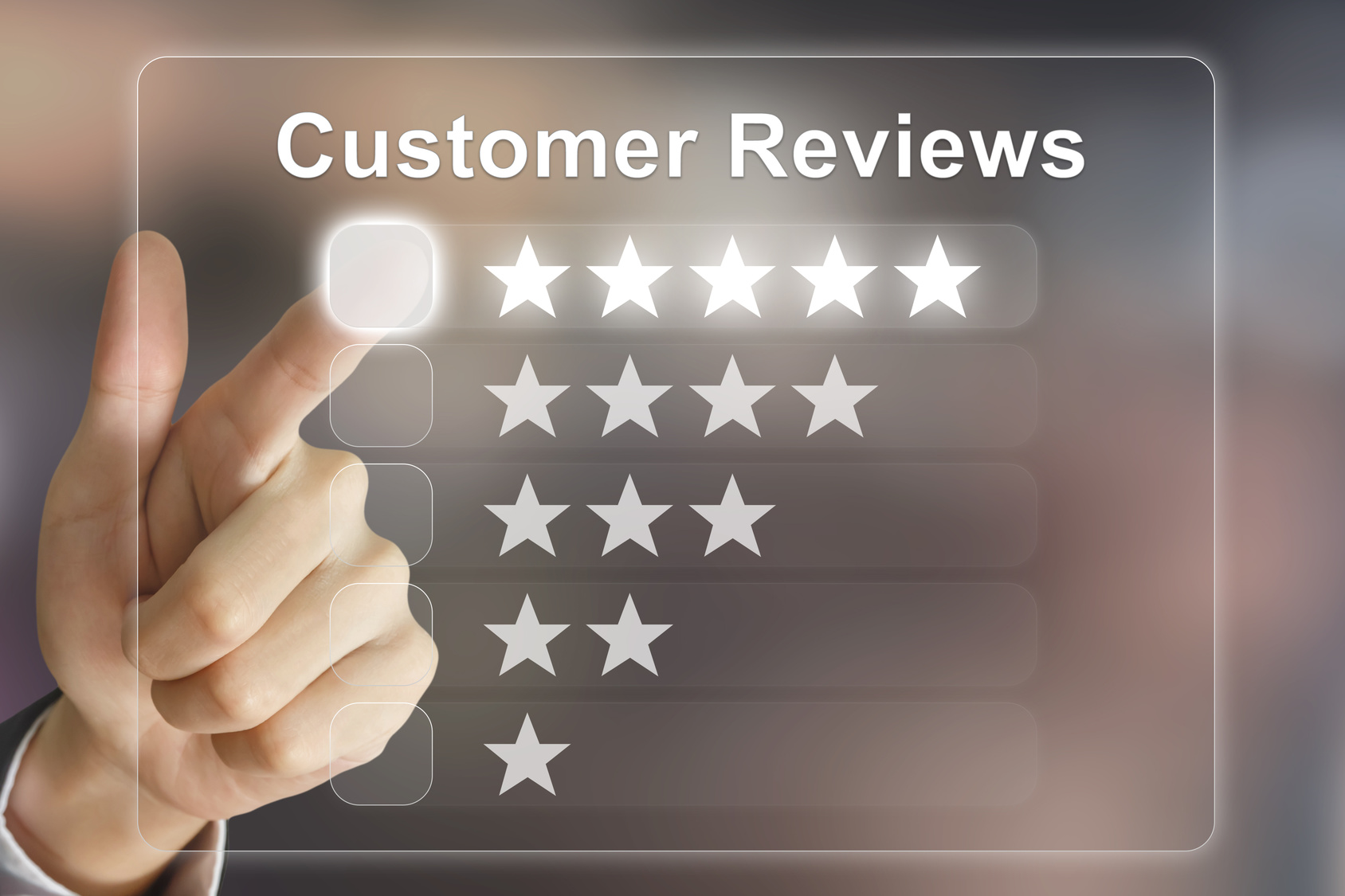Most consumers like to scope out online reviews before buying anything from a specific brand. And thanks to the far-reaching power of the internet, you can find reviews on just about anything – and plenty of them.

There’s a problem, however. Most companies have come to realize that the majority of their consumers will only buy their products if they carry good reviews. Accordingly, they’ve made efforts to post fake reviews, change reviews, or exaggerate reviews to make their products look better than they actually are. That glowing 5-star review you’re reading for a new high-powered blender might have been written by someone who’s never owned a blender in their life, let alone this specific one.
Knowing that, how can you tell which online reviews you can trust? Or do you have to treat all reviews with skepticism?
Step One: Check Multiple Sources
Your first job is to check multiple sources – especially if the first reviews you see are from the company itself. Companies are in near-total control over what gets posted to their website, so they have full influence over the narrative related to their products. But third-party platforms meant for reviews tend to be more discerning and stricter, emphasizing sincerity and accuracy in the reviews that get posted. They make it hard to remove bad or disparaging reviews while taking down reviews that seem fake or suspicious.
That’s why it’s important to check reviews from a wide range of different sources. For example, if you’re interested in buying office furniture, check reviews not only from the manufacturer/distributor website, but also from sources like Trustpilot. If you find that different sources showcase dramatically different types of customer responses, you’ll have a right to be suspicious.
Step Two: Weed Out the Extremes
Next, consider weeding out the “extreme” reviews. When companies try to throw together a fake review strategy, they often chock their profiles full of amazing 5-star reviews. Simultaneously, people motivated to support or trash the company will be likely to leave 5-star and 1-star reviews to push the average rating in one direction or the other.
If you want a better understanding of the products you’re researching, it’s important to look at the middle-of-the-road reviews. What do the 2-, 3-, and 4-star reviews say about this product? How many of each are there? What seem to be the prevailing themes in terms of the advantages and disadvantages of this product?
Step Three: Check the Phrasing
If you’re evaluating reviews at the individual level, it’s important to scrutinize the phrasing. Oftentimes, companies that seek fake reviews end up hiring people who speak English as a second language, or they hire contractors who want to blitz through as many reviews as possible to make as much money as possible. Accordingly, the phrasing may be short, sloppy, and in some cases, incomprehensible.
Are there a lot of spelling errors in this review? Does it include strange word choices? Is it too short to make much sense of? Even if it’s a “real” review, it may be worth removing from your consideration. Look for well-written, in-depth reviews that seem sincere instead.
Step Four: Ask Around
There’s an upper limit to how much you can trust online reviews. Even if the reviewer is genuine and accurate in their assessment, this is still a person you don’t know who may have very different evaluating criteria than you.
That’s why, even after reading many reviews from many different sources, it pays to get some feedback from your own friends and family members. Have they used this product before? Have they used any products similar to it? What have they heard from their social circles? There’s a reason why 92 percent of consumers trust word of mouth recommendations.
Step Five: Do More Due Diligence (When Possible)
Finally, if possible, do extra due diligence. Watch a few videos of people unboxing the product or using it in a live environment. Get a free sample or undertake a free trial to see it for yourself. Look up a competitor’s similar product and see what the differences are. You may even be able to reach out to a sales representative or customer service to see how the company communicates with their customers. The more you learn, the better your decision will ultimately be.
The bottom line is that it’s not always clear when a review is trustworthy and when it should be discarded. Companies are getting increasingly creative with their fake and exaggerated reviews, slipping beneath the radar and getting fraudulent reviews posted in even the best third-party sources. That said, if you’re armed with the right mentality, and you’re using the right approach, you can weed out the most egregious offenders and focus exclusively on the most sincere and accurate reviews.
Leave a Reply